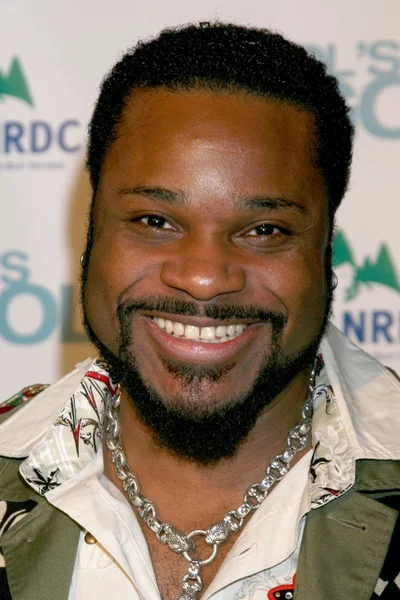
What if, the first time you really saw yourself on television, it reshaped everything you thought about your own future? For millions of Black Americans who came of age in the 1980s, that moment came each Thursday evening with the Huxtables and at its center was Malcolm-Jamal Warner’s Theo, a young man who became an icon of hope, possibility, and dignity.
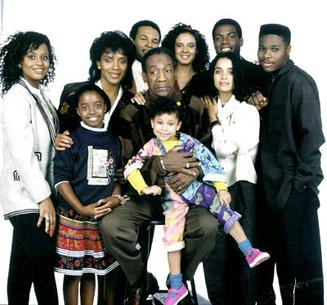
1. The Cosby Show: A Revolution in Representation
There had been no Black families preceding the Huxtables who were depicted as being successful on television. The Cosby Show was not initially the first program to include Black characters, but it was the first to focus on a successful, loving, upper-middle-class Black family a doctor, a judge, and their high-achieving offspring. Cliff and Clair Huxtable did not just break the mold they defused years of one-dimensional, frequently demeaning stereotypes that had dominated television. As Warner himself so beautifully put it

“The fact that the Cosby Show for Black America and White America alike finally legitimized the Black middle class, which has always been around since the beginning of this country but, as with everything, is not legitimate til it’s on television.” The show was so impactful that it attracted tens of millions of viewers every week, transforming the nation’s imagination of what Black families could be and motivating millions of young people to aim higher by presenting a fresh story of Black excellence.

2. Theo Huxtable: The Positive Black Teen Icon First
Black teens in the ’80s came of age with an epiphany named Theo Huxtable. He was not a sidekick, a punchline, or a cautionary figure. He was an actual teenager flawed, goofy, and figuring life on his own terms and with humility. He was a bad student, a bad friend, and a bad fit, sometimes hilariously struggling to fit in, all under the guise of being loved and pushed by his family. For so many, Theo was the first time they’d ever seen a Black child on TV who resembled them and was destined to do something great not despite being Black, but because he accepted it in full.
As one audience member recalled, Theo looked like me. The magic of observing another world beyond yourself and observing the potential staring back at you from someone whose face is the same color as yours, particularly during a time when Black faces were particularly scarce on television during prime time, let alone during ‘family hour’ that leverage of representation was revolutionary.

3. Breaking the Cycle: From Stereotypes to Authenticity
Prior to The Cosby Show, Blacks were really only spotted as butlers, maids, or even as comic relief sources. “Amos ‘n’ Andy” and “Sanford and Son” provided visibility but cultivated narrow, at times painful representations of Black existence. The Huxtables, and particularly Theo, provided something profoundly fresh complexity, warmth, and striving.
The success of the show demonstrated that audiences were starved for tales that reflected the actual diversity of Black experience. There’s no single way to be a Black family. There’s no single way to be a Black person in America, Teresa Wiltz wrote, speaking to the show’s lasting legacy.
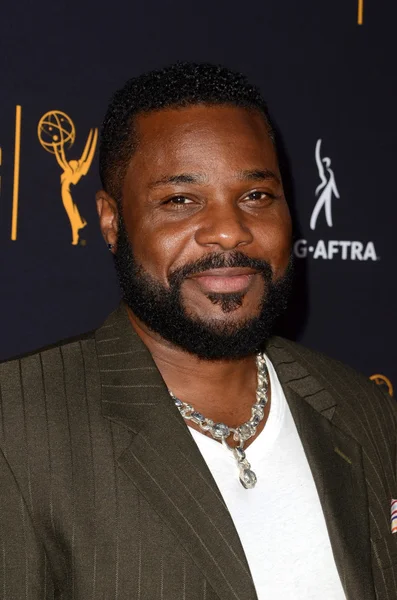
4. Malcolm-Jamal Warner: A Body of Work and Activism
Malcolm-Jamal Warner’s legacy went beyond Theo. He established a considered, imaginative, and unembarrassed career, never once trying to pursue fleeting popularity or sacrifice dignity for viewership. Warner was awarded a 2015 Grammy for Best Traditional R&B Performance, kept acting on award-winning shows, and began the podcast “Not All Hood” in an effort to probe the diversity of Black experience.
When we refer to the Black community, we automatically refer to it as monolithic when there are really so many different faces of the Black community, and we wanted to be able to have some place where we could really explore, discuss, and celebrate all those different faces, Warner explained. He was an example of groundbreaking independence and integrity, demonstrating that Black artists could define themselves on their own terms and continue to develop beyond initial stardom.

6. Mental Health Advocacy: Shifting the Dialogue
Warner was among a new generation of Black creatives leveraging their platform to bring mental health dialogue mainstream. In a society that all too frequently calls for invincibility, he appealed to honesty and vulnerability. This trend is joined by other creatives such as Taraji P. Henson and JAY-Z who candidly addressed the necessity of mental health treatment among Blacks.
“Mental health, trauma, PTSD is so rampant in our community,” Van Jones stated. “As scared as Black folks are of the cops, we’re even more scared of therapists.” Warner’s advocacy helped create space for Black men and women to talk about their struggles and seek help without shame, reminding us that seeking help is a sign of strength.
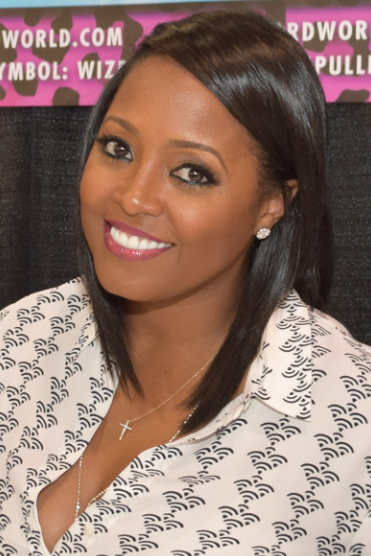
6. The Enduring Power of Dignity and Visibility
Even as the history of The Cosby Show itself became more complicated, the work of cast members particularly its teen stars survives. Warner and Lisa Bonet, Tempestt Bledsoe, and Keshia Knight Pulliam had continued the legacy of the show on its own merits and in good faith. For so many, Warner’s life and work was an age when families came together to bear witness to something historic happening, when a young Black man could be goofy and hungry and imperfect and lovable just like everybody else.
“He made me feel seen and not alone,” one of the witnesses reflected. That feeling of being seen and not alone is a legacy that cannot be sullied.

7. A Blueprint for the Next Generation
The ripple effect of Warner’s work stretches to today’s TV, where series such as “Black-ish,” “Insecure,” and “The Chi” present richer, more nuanced representations of Black life, partly due to the doors that Warner opened. Behind the camera, more Black writers, producers, and directors are penning stories, so that representation is not merely who appears on screen but also who writes it. As scholar Stephanie Troutman Robbins describes, “As you get more representation, the representation gets more varied, more complex.”
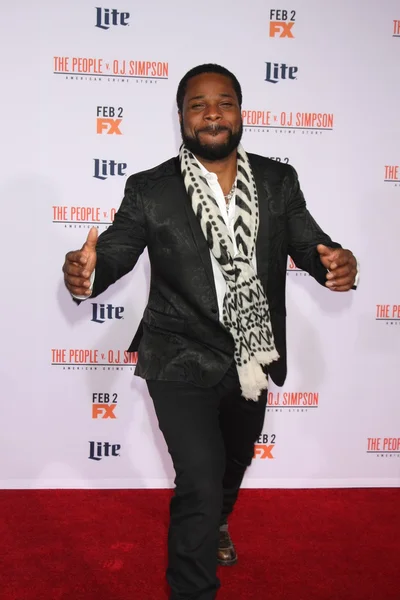
The loss of Malcolm-Jamal Warner is tremendous, but his legacy lives in every Black child who sees himself or herself represented on screen, in every family that sees hope in being seen, and in every mental health and dignity discussion that he made accessible.


